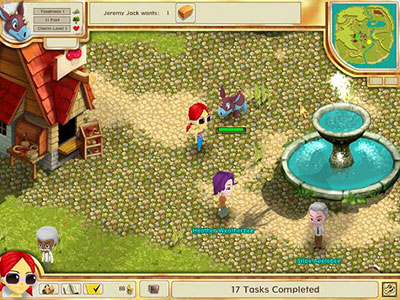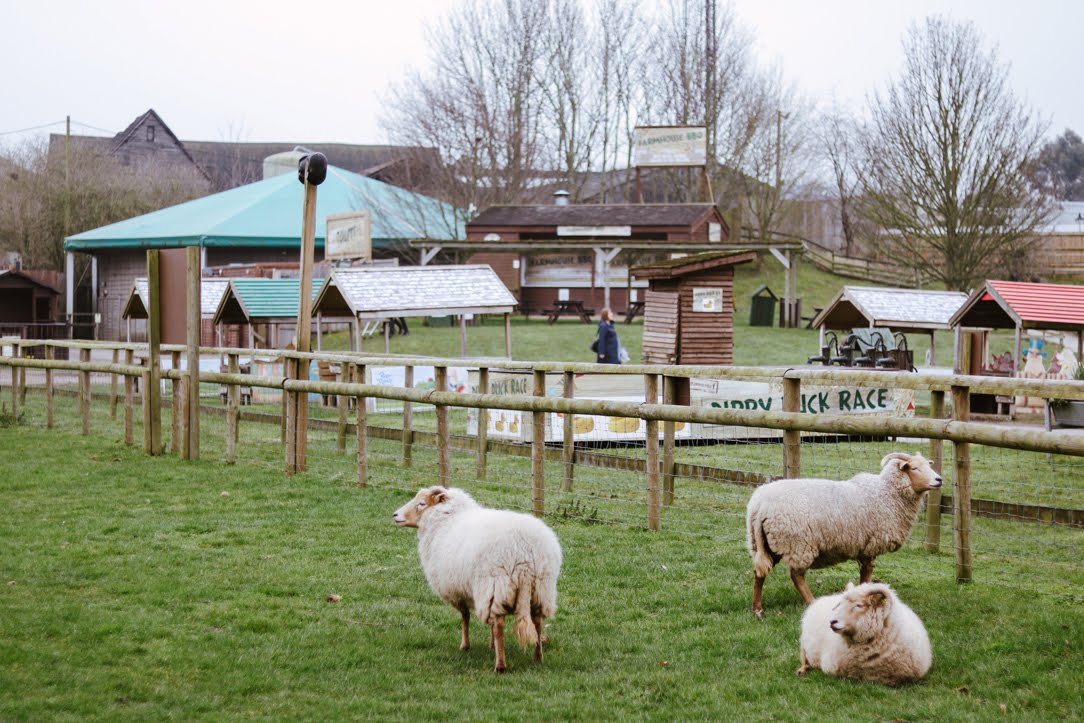

“We forgot to take down a Christmas wreath on a door we seldom use. According to the Cornell Lab of Ornithology, less than 40% of their nests fledge at least one young. “What percentage of cardinal nests raises young?” Cardinals have a low rate of nesting success. “Do both male and female chickadees incubate the eggs?” Both members of a pair excavate a nest cavity, but only the female black-capped chickadee builds the nest and incubates the eggs. According to the Bird Banding Laboratory in Laurel, Maryland, the oldest banded ruby-throated hummingbird was at least nine years and one month old. “How long do hummingbirds live?” Most hummingbirds die during their first year, but the average lifespan is 3-5 years. Close window shades or blinds and turn off lights at night. Decals (it doesn’t matter if they’re shaped like hawks), liquid or coated glass that reflect ultraviolet light. Paint the outside of the glass with tempera paint. Use a highlighter to draw a grid on the interior glass or a bar of soap to draw a pattern on a window.

Solyx Bird Safety Window Films applied to a window’s exterior. Translucent bird tape applied directly to the glass, produced by the American Bird Conservancy.
#Wandering willows where to find peanuts windows#
Dot stickers applied to the outside of windows in a 2-inch by 2-inch grid are effective and our eyes quickly adjust to them. A curtain of taut monofilament lines spaced 3 inches apart on a window’s exterior. A bird screen designed to go on the exterior of windows and prevent bird collisions. Insect screens are effective at reducing the reflectiveness of glass and offering a buffer between the bird and the glass. One-eighth-inch-diameter nylon cords that dangle about 4 inches apart on a window’s exterior. Vicki Lauruhn of Mankato asked what could be done to keep birds from flying into windows. A crow thinks it is something to crow about. Bees and wasps have four membranous wings.ĭark-eyed juncos are lovely little sparrows that flash white tail feathers in flight. He might have been willing to call upon swarms of stinging wasps or have been speaking symbolically for a plague of another kind.įlower flies mimic bees and wasps, and don’t sting. Shakespeare wrote in “The Taming of the Shrew,” “If I be waspish, best beware my sting.” Pope Paul VI said, “Anger is as a stone cast into a wasp's nest.” In the Bible, God said he would send hornets to pursue the Canaanites and drive them from the Promised Land. Many of these are harmful insects that might damage trees or crops. Yellowjackets feed insects to their young. Picnic wasps (yellowjackets) are responsible for most “bee” stings during outdoor dining events. Red-breasted nuthatches are partial migrants, meaning they are seen in the southern half of the state after the breeding season. Red-breasted nuthatches prefer conifers and are common in the northern half of the state. White-breasted nuthatches are found year-round in wooded areas throughout Minnesota, favoring deciduous trees over conifers. Like chickadees, they don't linger at a feeder. By creeping down a tree, they’re able to find invertebrates undiscovered by woodpeckers or other birds moving up a tree. Nuthatches have a habit of clinging upside down on tree trunks and limbs. The red-breasted nuthatch is just over 4 inches long and the white-breasted nuthatch is 5.5 inches. Both species produce nasal calls, with the red-breasted’s sounding distinctly higher-pitched than the white-breasted’s. The rest of its underparts from its throat to its undertail are peachy-orange. The white-breasted nuthatch has a white face and white in the breast that tapers to a grayish belly and chestnut undertail and the red-breasted nuthatch has a bold face pattern with a white eyebrow above a thick black eye line bordered underneath by more white. There are two nuthatches seen regularly in Minnesota and both species of nuthatches have dark blue-gray upper sides, short tails, sharp bills and black crowns. A red-breasted nuthatch nearly landed on me while I filled a bird feeder.


 0 kommentar(er)
0 kommentar(er)
